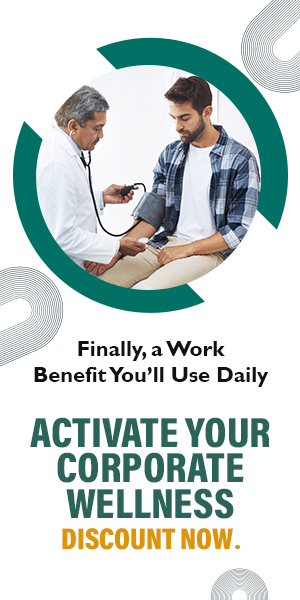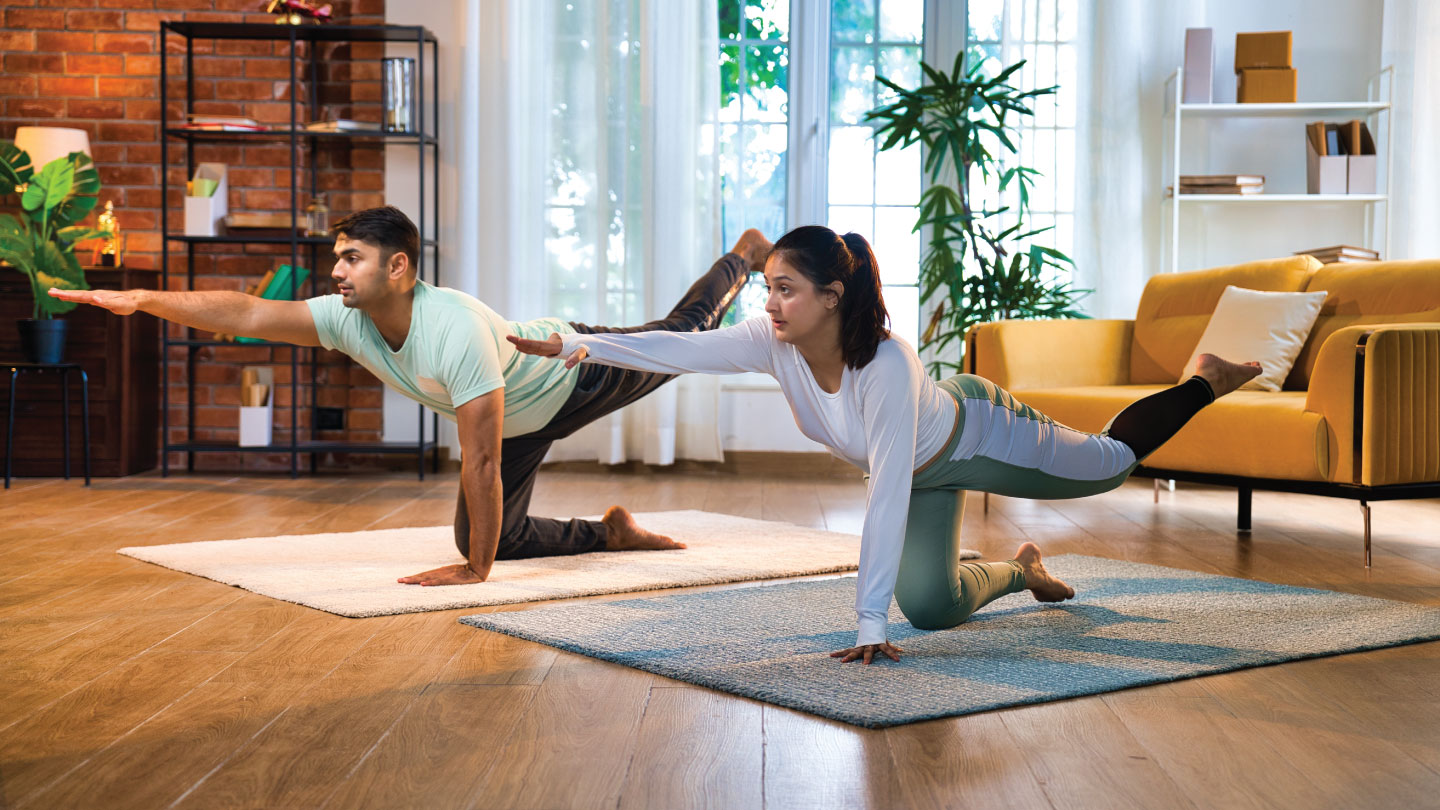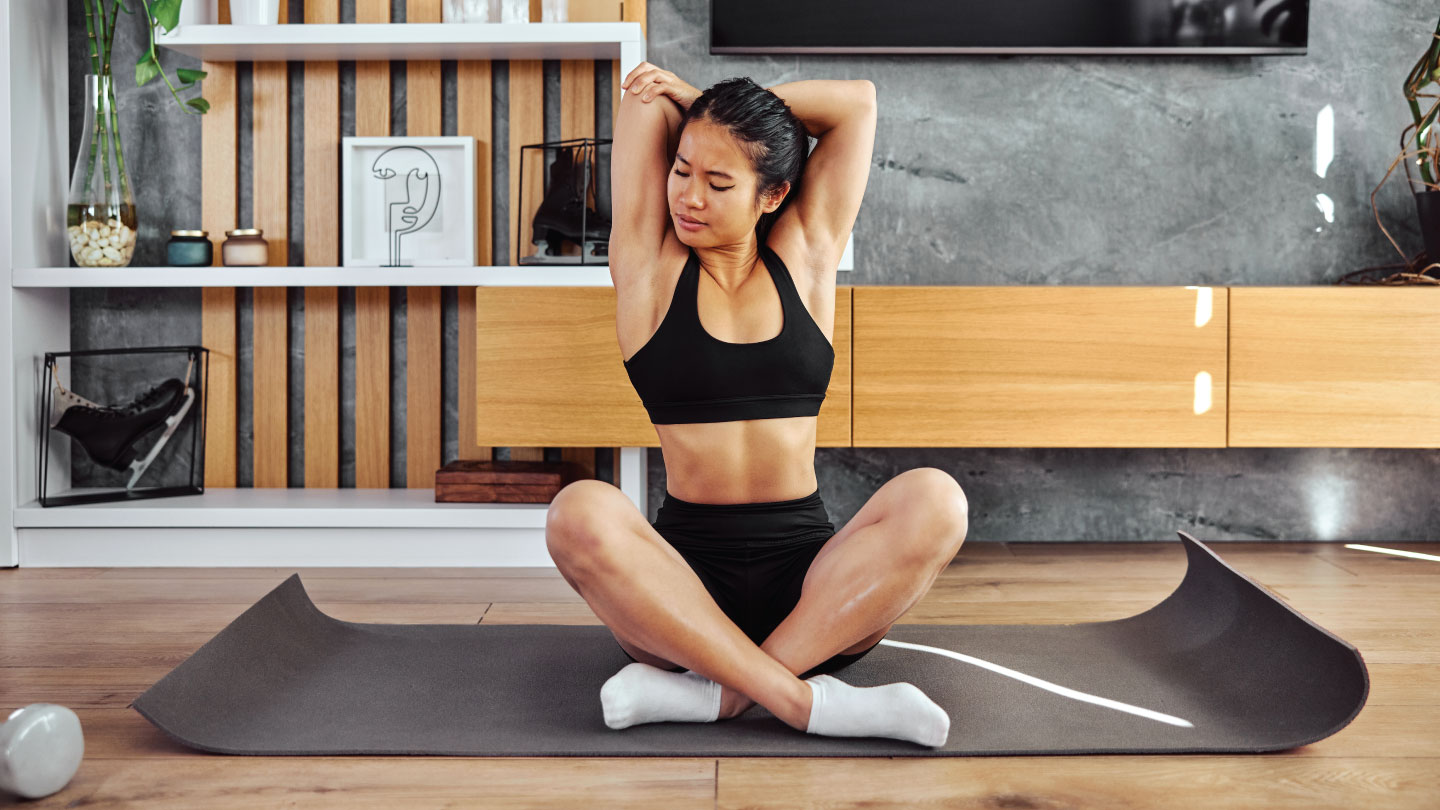Movement
6 Tips to Ease Back Pain As Per Latest Research
Living with back pain? Ease your discomfort with these 6 evidence-based tips that offer relief without medication or invasive treatments.

If every activity reminds you of your back pain, whether it's reaching for your shoes, or even sitting at your desk, then it’s time to do something about it. The discomfort seems to follow you, making even the simplest tasks feel like a struggle.
According to the World Health Organization, lower back pain is one of the top 10 health conditions impacting the quality of life globally, with an estimated 70 out of every 100 people in developed countries experiencing it, often without a specific cause. If you find yourself among those millions, you're not alone. The good news is, recent research has uncovered several effective ways to ease back pain and improve your daily life. Here are six tips, backed by the latest studies, to help you manage and alleviate your discomfort.
Need all your wellness solutions in one place? A whole new world awaits just a click away.
6 Tips To Manage Back Pain
Incorporate Walking
A 2024 study published by Macquarie University shows that individuals with a history of low back pain went nearly twice as long without a recurrence of their back pain if they walked regularly.
Walking involves a combination of gentle movements, strengthening the muscles and structures around the spine, relaxation, stress relief, and boosting endorphins, which are natural "feel-good" chemicals in the body. This could be one of the reasons why walking is often recommended for back pain—it not only helps with spinal health but also provides a range of other benefits. Walking improves cardiovascular health, supports bone density, helps maintain a healthy weight, and boosts mental well-being, all of which can play a role in reducing back pain.
Related Story: Bring the Heat or Keep It Cool – The Ultimate Guide to Pain Relief
Make Healthy Lifestyle Changes
According to a 2025 study published by the University of Sydney, lifestyle habits might be influencing back pain, such as weight, inactivity, poor diet, poor sleep, smoking or excessive alcohol use.
Our bodies aren't like machines; they're more like ecosystems where many different factors work together to influence how we feel and function. The same goes for back pain. If someone has ongoing back pain, they should expect care that looks at all aspects of their health, not just what’s going on with their spine. This means addressing things like posture, physical activity, stress management, sleep quality, and even nutrition. Other factors such as reducing stress, getting enough sleep, and eating a balanced diet can all help improve overall health and reduce back pain.
Related Story: These 8 Habits Will Help You Live Your Best Life
Participate in A Therapeutic Virtual Yoga Program
A 2024 study published by the Cleveland Clinic recommends the use of nonpharmacologic treatments first, such as physical therapy or in-person yoga classes. The same research proves that not only in-person yoga but virtual yoga programs are also effective in managing chronic back pain. The participants who practised virtual yoga classes reported reduced back pain intensity and improved back-related function.
If you’re dealing with chronic back pain, incorporating a therapeutic virtual yoga program into your routine could be a helpful approach. Many virtual yoga sessions are designed specifically for back pain relief, offering gentle stretches, strengthening exercises, and relaxation techniques that target the muscles supporting your spine. These online classes allow you to practice at your own pace and from the comfort of your home, making it easier to stay consistent. By focusing on movements that improve flexibility, enhance posture, and reduce muscle tension, virtual yoga can help alleviate pain, increase mobility, and improve overall back health.
UR.Life Online Yoga Classes- Click here to join now!
Take Different Approach to Exercise
According to Kaunas University of Technology, scientists have designed a set of stabilisation exercises aimed at strengthening the muscles which support the spine at the lower back, i.e. lumbar area. The exercise programme is based on Pilates methodology. After testing the program with 70 volunteers, the researchers have found that the exercises are not only efficient in diminishing the non-specific lower back pain, but their effect lasts 3 times longer than that of a usual muscle strengthening exercise program.
This works because the stability of lumbar segments is an essential element of body biomechanics. In order to avoid the lower back pain it is crucial to strengthen the deep muscles, which are stabilising the lumbar area of the spine.
Related Story: Better Posture, Better Back: Yoga for A Healthy Spine
Incorporate Weight Training Instead of Aerobics
A 2008 study by the University of Alberta showed a 60 per cent improvement in pain and function levels for people with chronic backache who took part in a 16-week exercise program of resistance training using dumbbells, barbells and other load-bearing exercise equipment. This proves that individuals who use weight training to ease their lower back pain are better off than those who choose other forms of exercise such as jogging.
Join Weight Training Program- Gladiator X Presented by UR.Life
Take Physiotherapy Treatment
A 2018 study published by the University of Washington Health Sciences shows that patients with low-back pain are better off seeing a physical therapist first, according to a study of 150,000 insurance claims. The study also found that those who saw a physical therapist at the first point of care had an 89 per cent lower probability of receiving an opioid prescription, a 28 per cent lower probability of having advanced imaging services, and a 15 per cent lower probability of an emergency department visit
Physiotherapy is the right approach if you’re looking to improve mobility and reduce pain without relying on medications. Access okphysiotherapy services at UR.Life to help you find relief from back pain.
UR Life Studio offers the following programs under its Lifestyle Management and Therapeutic Programs (LMTP) unit:
- Cardiac Rehabilitation
- Pulmonary Rehabilitation
- Neuro Rehabilitation
- Ortho Rehabilitation
- Paediatric Rehabilitation
- Geriatric Rehabilitation
- Obesity Management
- Diabetes management
The following are the USPs of LMTP:
- Holistic Rehabilitation Approach: involves the medical, physical, and mental aspects of overall health
- Telemetry Supervised Rehabilitation: a state-of-the-art technique to provide optimal health care
- Hydrotherapy
- Six Minutes Walk Test
- Hydraulics (circuit training studio)
- VO2 max testing (equipment under servicing)
- Myo motion analysis (equipment under servicing)
- Detailed Physical Assessment
- Wellbeing Counselling
- Diet Counselling
EXPLORE MORE
A home-based yoga routine can elevate energy, sharpen focus, and nurture mental calm. Discover why it’s worth starting now.
Your posture is whispering a story about stress, screens, and slouching. Here are 6 exercises you must try!
In a world addicted to speed, Shavasana is proof that true regulation begins when you slow down. Discover how this humble pose is the simplest solution to the chaos within you!
When your thoughts won’t slow down, these yoga poses teach your body to stay present in the moment.








.jpg)
.jpg)
